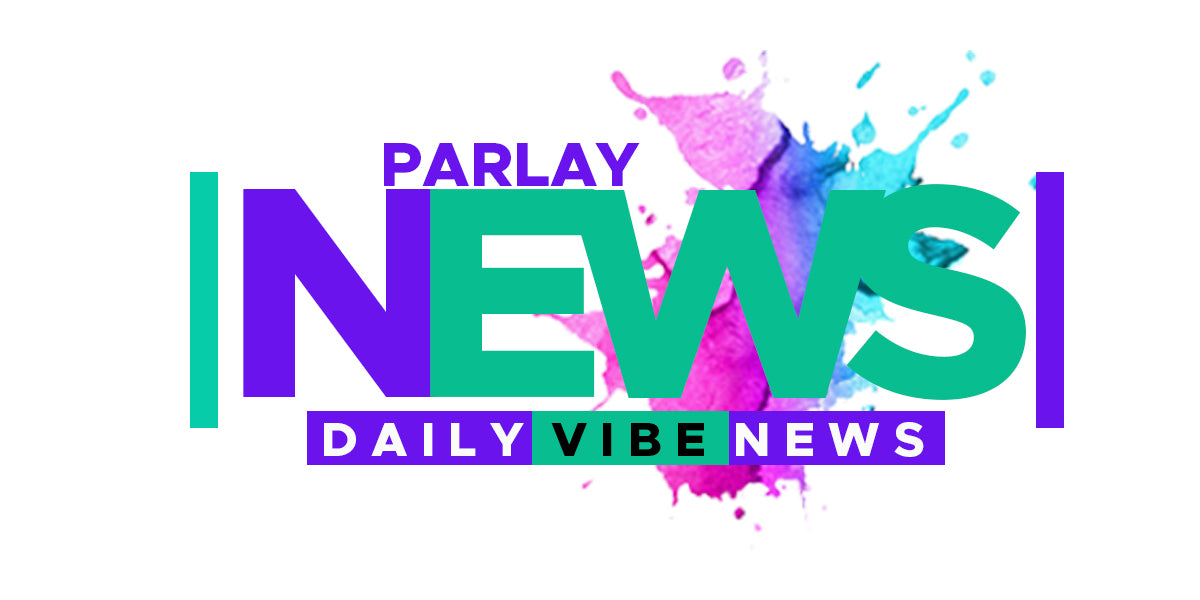
According to Ben Wood, an analyst at CCS Insight, "this is arguably the biggest disruption to iPhone design in a number of years, but in reality, it is hardly a dramatic move."This is due to Apple's (AAPL) prior adoption of USB-C charging for its iPads and MacBooks. The corporation has resisted making the modification to the iPhone, though.
Greg Joswiak, Apple's senior vice president of worldwide marketing, publicly emphasized the benefits and widespread use of the Lightning charger last year, which is made to charge devices more quickly, but he added that "obviously we will have to comply" with the EU regulation.
When asked about the approach, Joswiak replied, "We think the approach would have been better environmentally and better for our customers to not have a government [have] that perspective. We have no choice, like we do around the world, to comply with local regulations.
The EU's move is a part of a larger initiative to combat electronic waste generally, but when people stop using Lightning cords, it might result in additional trash in the near future. (Apple will probably need to create a program for recycling Lightning cables.) Apple has expressed environmental worries about what happens to used Lightning charges, but it also opposes the shift for financial reasons.
The Lightning charger's history
Apple replaced its outdated 30-pin dock connector with the Lightning charger, which allowed for faster charging and had a reversible design, along with the iPhone 5 in 2012. In order to use the gadget with older docks, alarm clocks, and speaker systems, consumers had to purchase a $30 Lightning adaptor, which sparked a corresponding accessories industry.
Having control over its own environment meant everything for Apple, according to David McQueen, director at ABI Research. "Apple makes good money selling Lightning cables and the numerous accessories that go with them."
Additionally, it receives a cash commission on the cables and third-party accessories that pass through its Made For iPhone program. According to McQueen, switching to USB Type C will remove this level of control because USB-C has a much more open ecosystem.
In addition, he said that Apple may develop a proprietary USB-C connector that would work "better with an iPhone," such as by supporting faster charging at a lower risk to batteries.
What does this signify for people who use iPhones?
It's unknown at this time whether USB-C will be the standard for all new iPhone 15 models or just for Pro devices. According to Thomas Husson, a vice president at Forrester Research, the switch to USB-C won't likely be the only reason for people to upgrade, but it might persuade some customers who have been reluctant to buy the iPhone due to its charging issues.
Apple's iPads and MacBooks, as well as many other mobile devices, already use USB-C, so getting ahold of a charging cable for the iPhone 15 devices shouldn't be too difficult or expensive.
Given how frequently USB-C has been utilized in other products, it's difficult to believe that customers will be completely taken aback by this changeover. In the long run, Wood added, it's likely to be to their advantage because a universal charging system has some very clear advantages.
Although McQueen notes that "wireless charging is currently so much slower than wired," Apple may decide to completely abandon wired charging in favor of wireless charging in the future. "On that, we'll have to wait and see."

